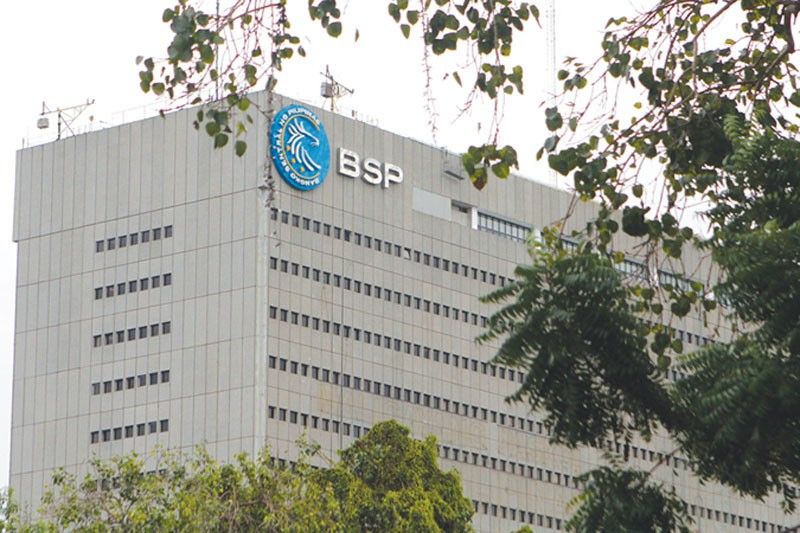Liquidity-challenged banks told to present funding plan

MANILA, Philippines — The Bangko Sentral ng Pilipinas (BSP) has required banks that fail to meet the minimum liquidity, or stable sources of funding for a one-year period, to submit a funding plan to meet the threshold.
The regulator said banks that fail to meet the net stable funding ratio (NSFR) during the observation period from July 1 to Dec. 31 need to undertake actions to improve their funding profile.
“During this period, the covered institutions that will not meet the prescribed minimum ratio are required to submit a funding plan or actions to improve their funding profile and comply with the requirement,” the BSP said.
The observation period was implemented to ensure a smooth transition to the new prudential standard and to allow prompt assessment and calibration of the components of the NSFR.
The NSFR is a measure of the ability of a bank to fund its liquidity needs over one year. It complements the liquidity coverage ratio (LCR) covering a shorter period of over 30 days in which a bank shall hold sufficient high quality liquid assets that can be easily converted into cash to service their liquidity requirements.
Banks have been required since Jan. 1 to maintain an NSFR of 100 percent on both solo and consolidated bases.
“Once the minimum ratio is implemented in 2019, breaches in the ratio will be dealt with using the tools in the BSP’s menu of supervisory enforcement framework taking into account the persistence and gravity of the breach,” the central bank said.
The BSP said both NSFR and LCR are part of the Basel 3 reform package issued by the Basel Committee on Banking Supervision (BCBS) and are aimed at strengthening the ability of banks to withstand liquidity stress and promote resilience of the banking sector.
This would provide banks with a minimum liquidity buffer to be able to take corrective action to address a liquidity stress event.
On the other hand, smaller institutions comprising of stand-alone thrift banks, rural banks, cooperative banks, and quasi-banks are subject to the minimum liquidity ratio (MLR) requirement that better suit their simpler liquidity risk profile.
Over the years, the BSP has introduced various liquidity reforms to improve the banking sector’s ability to absorb liquidity stress, thus lessening the risk of spillover from the financial sector to the real economy.
As such, the regulator is issuing a four-phased regulatory reform to reinforce the capability of banks in managing liquidity risk including the LCR, the MLR, and the NSFR.
The fourth phase is the guidelines on the intraday liquidity reporting.
Assets of Philippine banks stood at P15.71 trillion at end-March, 11.3 percent higher than the P14.12 trillion recorded for the same period last year.
- Latest
- Trending



























